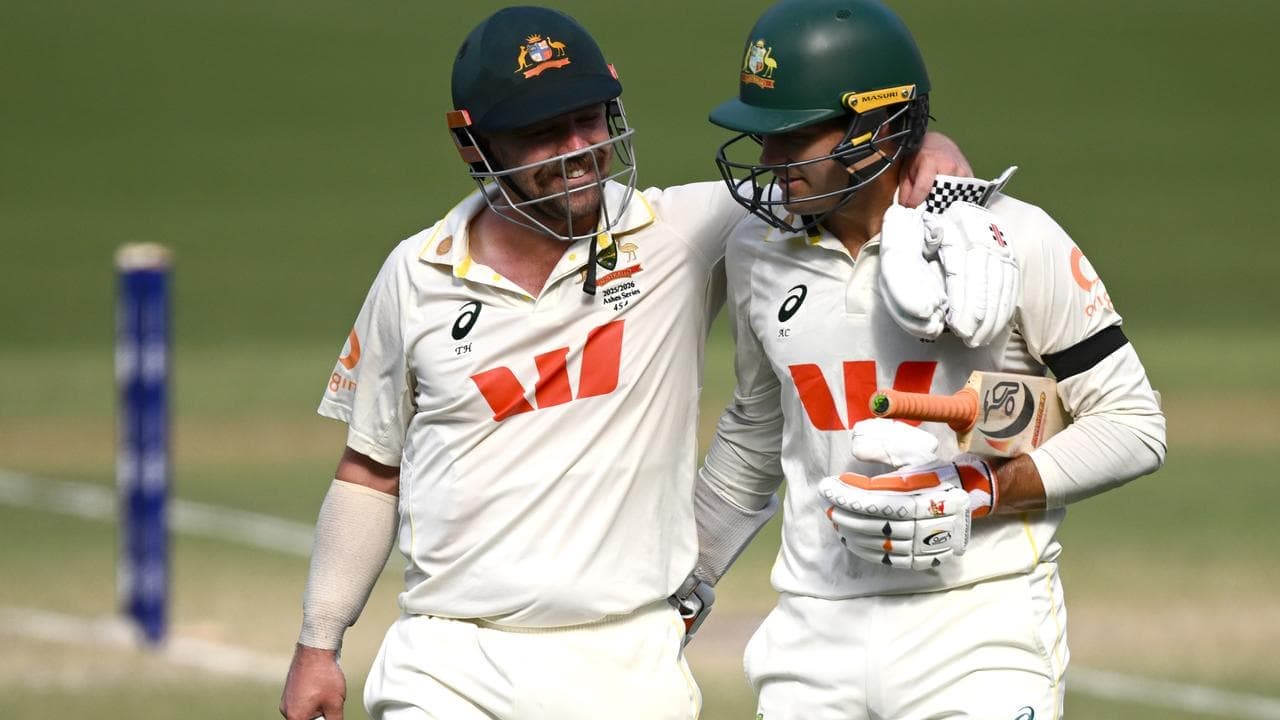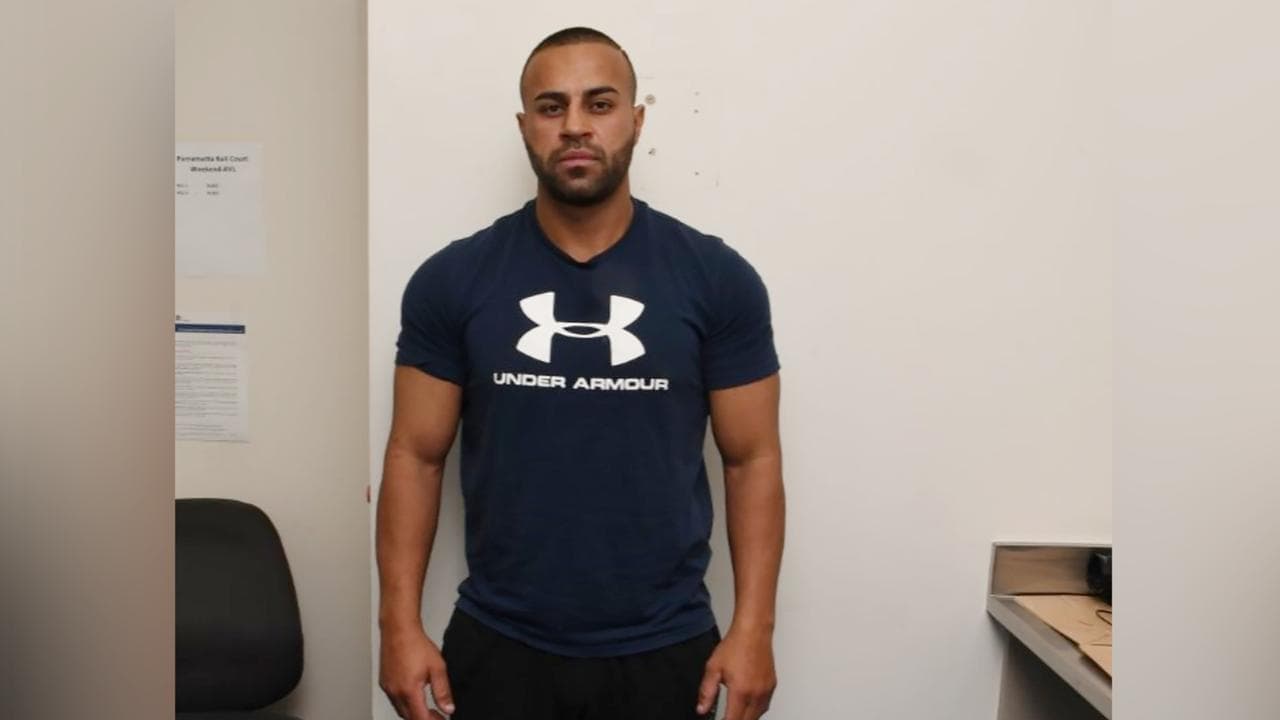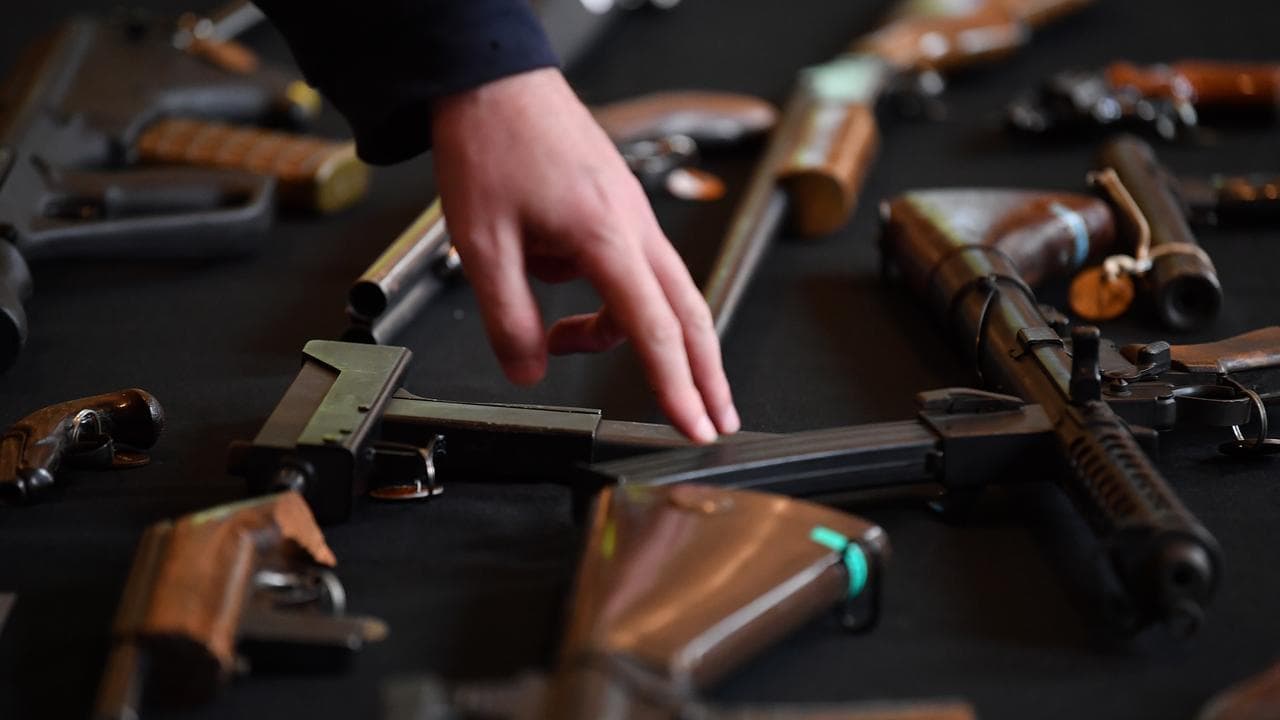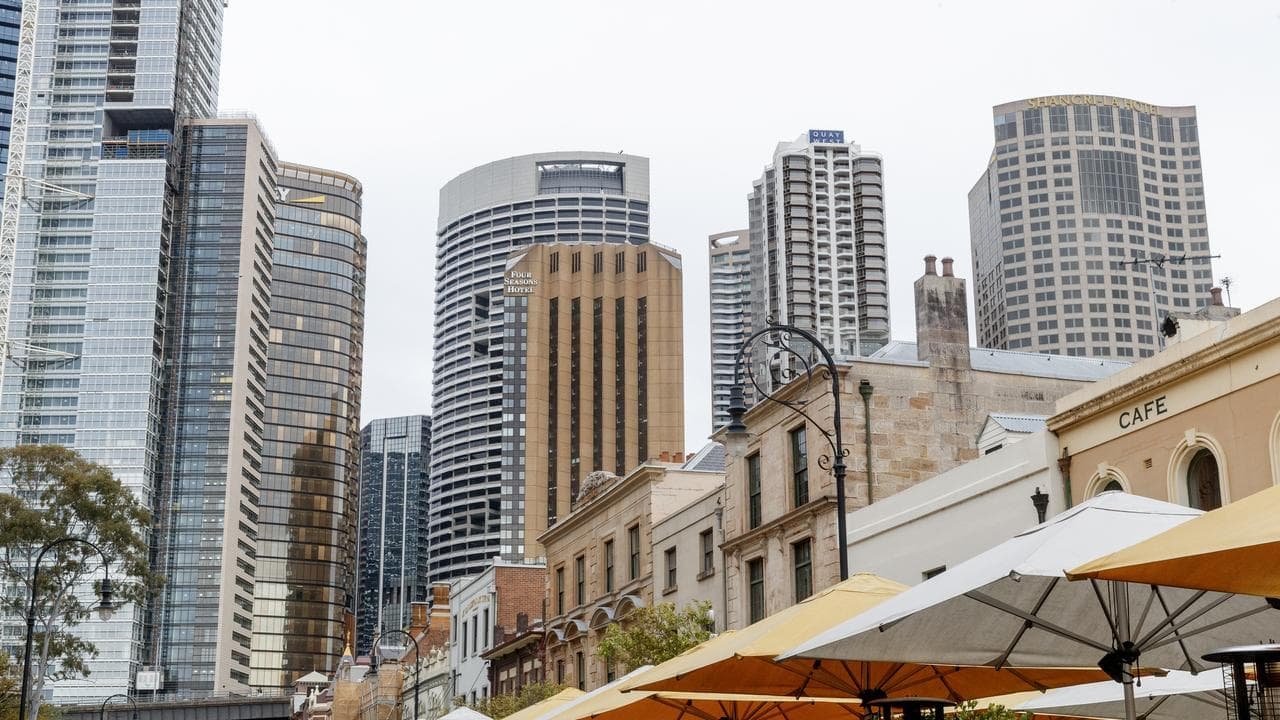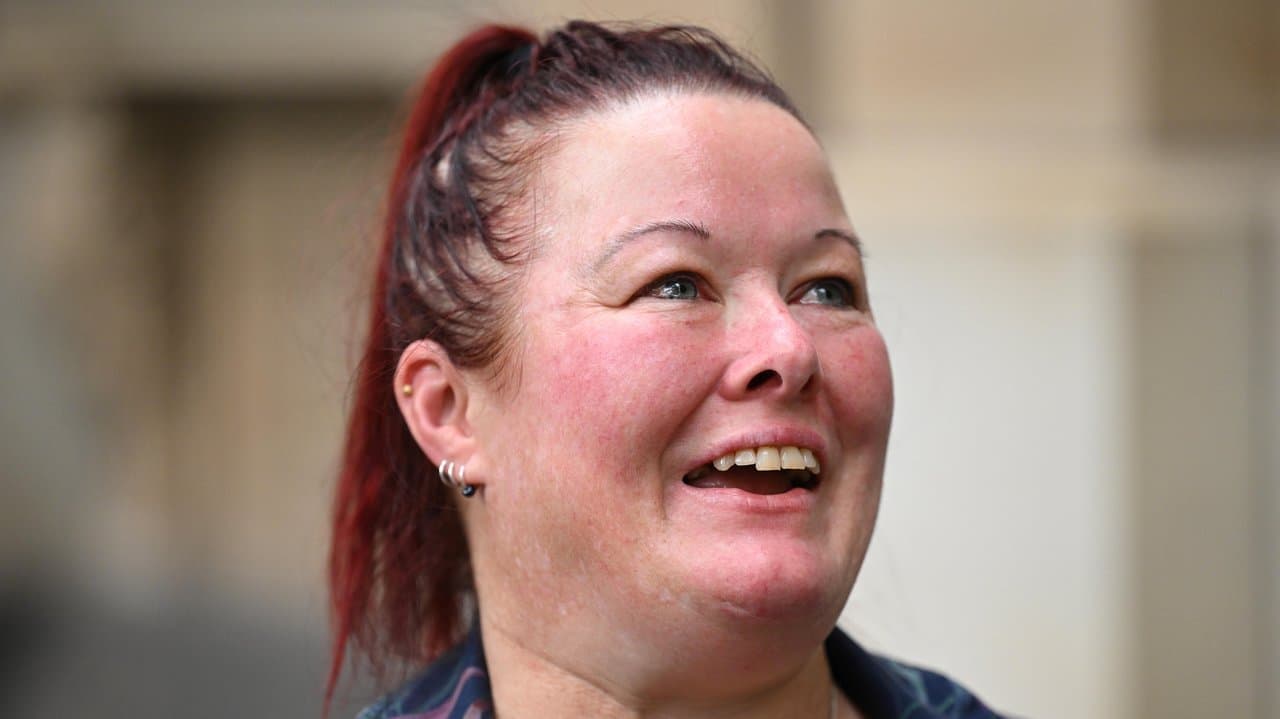The Statement
A Brisbane-based naturopath has claimed on Facebook that 80 per cent of COVID-19 cases discovered by PCR laboratory tests are found to be negative in follow-up tests.
Referring to Greater Brisbane's three-day lockdown of March 29 to April 1, the post from the Ross Walter Nutritionist & Naturopath Facebook page - several false or misleading posts from which have previously been scrutinised by AAP FactCheck (see here, here and here) - goes on to claim "government and media" are using these false positives as a reason to impose lockdowns and other emergency measures.
"I will repeat - the more people get tested for the coronavirus, the more cases they will find, from people who have no symptoms (and who never get any) because the PCR test is inaccurate and up to 80% of positive results are found to be negative on a retest," the March 30 post says.
It goes on to urge people to stop getting tested and "stop believing what the government and media are telling you".
At the time of writing, the post had been shared more than 400 times and received more than 800 reactions and 170 comments.

The Analysis
The claim that 80 per cent of positive COVID-19 PCR tests are false positives is "rubbish", one virologist told AAP FactCheck, with recent test data in Australia showing the number is closer to zero.
International studies also show the proportion of PCR tests that turn up a false positive result is small. In addition, there is no credible evidence that false positive COVID-19 tests have been used to impose emergency measures in Australia.
PCR (polymerase chain reaction) tests are considered by health experts in Australia to be the gold standard of COVID-19 diagnoses. The tests work by detecting nucleic acid sequences that are specific to the SARS-CoV-2 virus, which causes COVID-19. Results typically take several hours to be produced in a laboratory setting.
False-positive results - a test showing that a person is infected when they are not - are "uncommon", the Australian Department of Health told AAP FactCheck in a statement.
When they do occur, this is usually due to mistakes at the specimen collection stage, mishandling of specimens, contamination in laboratories or "off-target reactivity", meaning the test wrongly responds to genetic material other than the COVID-19 virus, it said.
False positives are more likely to occur in non-laboratory rapid COVID-19 tests, such as antigen tests, which can produce results in half an hour or less but are generally used in situations where there are large-scale outbreaks.
Australia's national guidelines for public health units dealing with COVID-19 recommend laboratory testing for SARS-CoV-2 and include a five-step process to catch suspected false positives, which it says may be suspected when "there is a lack of an epidemiological risk factor for acquisition of COVID-19" (page 20).
The process includes a review of the test subject's clinical history to ascertain other possible reasons for the result such as shedding a previous infection; collecting further test samples; and, where feasible, additional testing of close contacts.
The guidelines say if a second test shows up positive during this process, the person should be classified as a confirmed case of COVID-19. However, if further investigations provide "convincing evidence" that the case is negative, it can be considered a false positive (page 21).
At this stage, "all public health interventions can be ceased, and the case and contacts should be made aware of the outcome", while any reporting of the case locally and nationally should be reversed, the guidelines add.
CQ University immunology lecturer Jason Steel told the ABC in August that positive tests were almost always re-tested in order for any false positives to be caught.
While the exact rate of false positives is unknown due to variations in how tests are conducted across different regions and countries, there is no evidence that the figure is anywhere near the 80 per cent claimed in the post.
A Public Health Ontario analysis of test results, published in September 2020, found a false positive rate of less than 0.01 per cent.
Paul Birrell, a statistician at the Medical Research Council's Biostatistics Unit at the University of Cambridge, told the BBC in October 2020 that the number of false positives may depend on the test setting.
"The false positive rate is not well understood and could potentially vary according to where and why the test is being taken. A figure of 0.5% for the false positive rate is often assumed."
Experts have noted the rate may tend to be higher in regions where there is a low incidence of COVID-19, although efforts to measure and improve have tended to focus on reducing false negatives in order to avoid missing potentially serious cases and outbreaks.
University of Auckland professor Shaun Hendy, who led COVID-19 modelling that informed the New Zealand government's response to the pandemic, previously told AAP FactCheck the false positive rate is thought to be "well below one per cent if the tests are conducted properly" and "more like 0.1 per cent".
Ian Mackay, a virologist from the University of Queensland, said the rate of false positives in Australia is even lower under current test conditions, and probably very near to zero.
Pointing to COVID-19 testing data from Queensland as an example, Dr Mackay told AAP FactCheck: "During the recent cluster in Queensland over eight days (March 28 to April 4), Queensland tested 180,887 specimens and found 46 positives. If all of those were false (they weren't), that would still only be a maximum false positive rate of 0.025 per cent.
"And of course, none were false positives because they were either checked and confirmed as part of known chains of transmission or as travellers from overseas countries in which transmission is widespread ... The real rate is likely well below this figure of 1 in 180,887."
Queensland Health declined to provide data on the rate of false positives in the state but told AAP FactCheck they were "very uncommon".
"In almost all cases, these results have features which alert the laboratory... and the test would be repeated by the treating doctor to ensure accuracy of the test. If it is revealed the result was a false positive, the case is removed from the state tally," a spokesperson for Queensland Health said in an email.
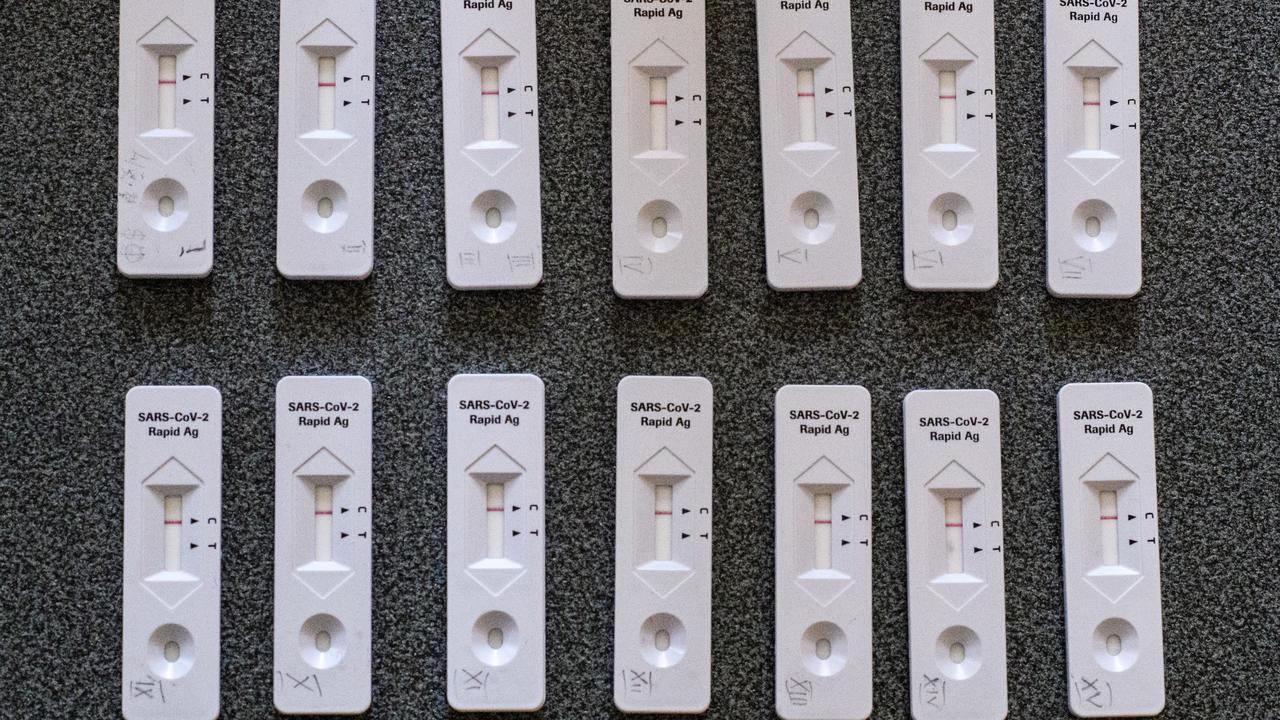
The Verdict
The claim that 80 per cent of positive COVID-19 PCR tests are false positives has no basis in fact. Virology experts have said the number is much smaller and in Australia probably close to zero.
The claim that governments are using false positives to impose more lockdowns and emergency measures is also baseless. Australian guidelines include a number of recommendations to avoid any false positive test results being wrongly treated as COVID-19 cases, including follow-up tests and clinical diagnoses.
False – Content that has no basis in fact.
AAP FactCheck is an accredited ember of the International Fact-Checking Network. To keep up with our latest fact checks, follow us on Facebook and Twitter.








